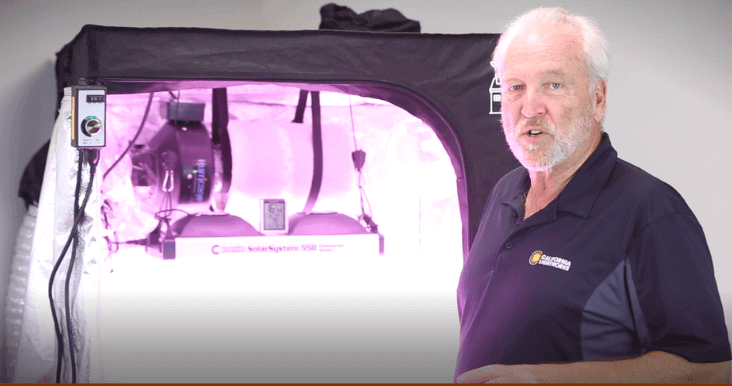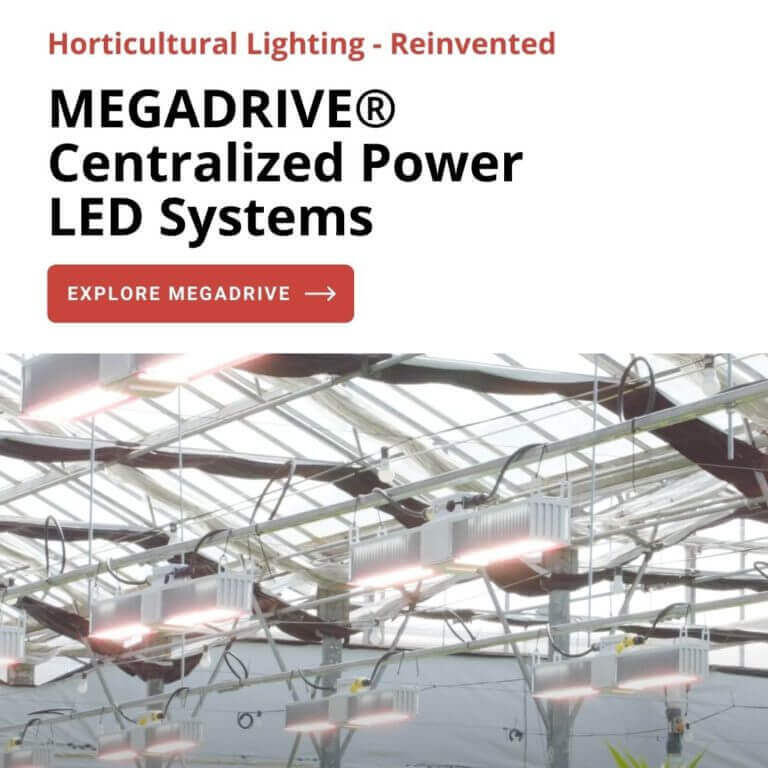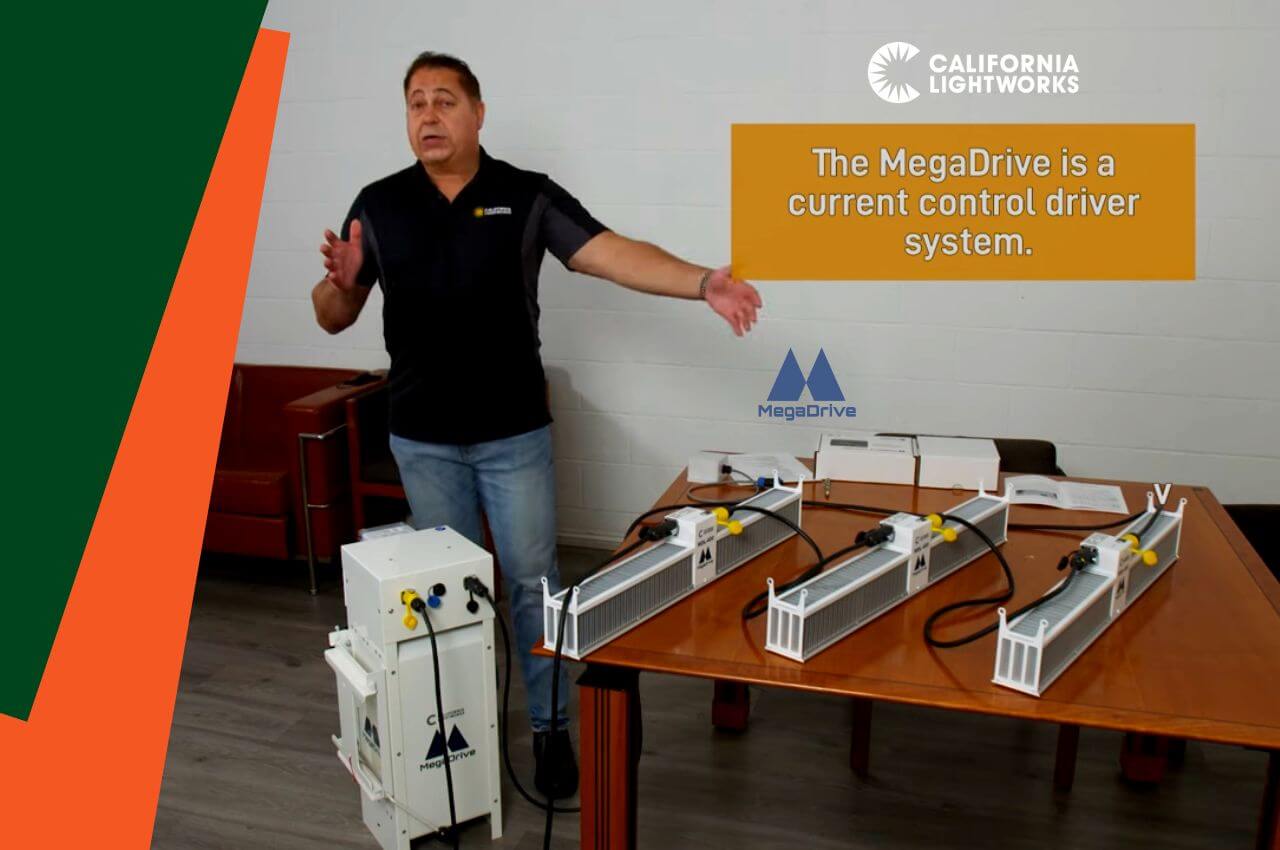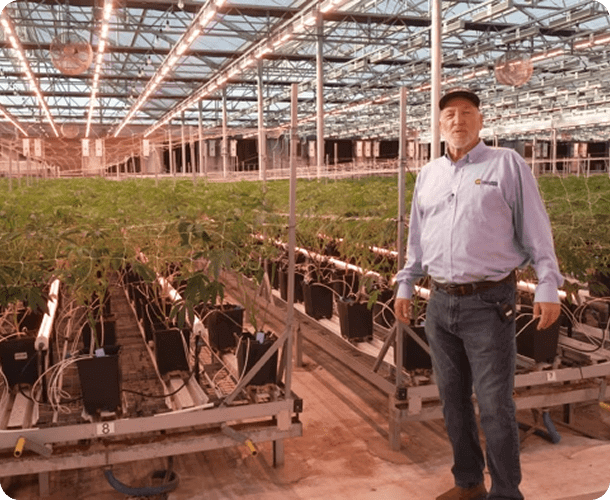Grow rooms can become dirty and wet easily, which can put your light fixtures at risk of damage. Full Spectrum LED Grow Lights are expensive. If you want to protect your investment, a light’s IP rating is an important factor to consider. A single accident – like water accidentally hitting your lights – can render them damaged beyond repair if you are not careful.
This is where the IP rating comes into play. IP stands for “ingress protection” and it is a system of classification that rates the degree of protection provided against both liquids and solids that could interfere with a light’s functioning.
Lights with higher IP ratings can provide impeccable protection against most common types of damage, but can be quite pricey. However, a lower IP rating is not necessarily a bad thing depending on the conditions of your grow room. In some cases, you may be able to get by with slightly less protection for a lower price.
Below, we will provide you with a brief guide to understanding IP rating and selecting the proper IP rating for your specific setup.
Interpreting IP Rating
An IP rating consists of the letters “IP” followed by two digits (e.g., IP26 or IP38). The first digit indicates how resistant a light is to solid particles, referring to anything from blunt objects like tools to tiny particles of dirt. The second digit refers to how water-resistant a fixture is.
The first digit has a range of one to six, one being the least amount of protection and six being the most.
To break it down:
- 1: Provides protection against accidental contact with a body part – like the back of a hand – but little protection against deliberate contact
- 2: Provides protection against small objects and body parts like fingers
- 3: Provides protection against large tools and thick wires
- 4: Provides protection against most tools, including small tools like wires and screws
- 5: Provides not only protection against small and large objects but most small dust particles. (While very small dust particles can still get inside the fixture, they usually do not interfere with its functioning)
- 6: Provides complete protection against contact of any kind and offers complete protection against dust of any kind (often called “dust-tight”)
The second digit falls between one and eight.
To break it down:
- 1: Protects against vertical water drops
- 2: Protects against 15-degree water drops
- 3: Protects against 60-degree water drops
- 4: Protects against water splashes and drops from all directions
- 5: Protects against water splashes and jet streams from all directions
- 6: Protects against more powerful jet streams
- 7: The fixture can be submerged in a meter of water for 30 minutes.
- 8: The fixture can be submerged under heavy water pressure for long periods of time. (Almost completely waterproof)
Knowing these breakdowns can help you read IP ratings. A light with an IP rating of IP37, for example, would be incredibly water resistant while not having a lot of protection against foreign objects.
A light with an IP rating of IP66 would be dust-tight while also having decent protection against most water damage.
What IP Rating Do I Need?
The answer is largely dependent on your grow room conditions and the reasons you are growing. The needs of a hobby grower, for example, will obviously be vastly different than that of a large commercial establishment.
However, even very small-scale growers may need higher IP ratings depending on grow room conditions.
IP20 Or IP40
While a fixture with an IP rating between IP20 and IP40 offers no protection against water damage, they can be adequate for small-scale hobby growers who grow indoors only. They also come with a cheaper price tag.
These fixtures should never be outdoors unless sealed. As long as your grow room is not humid, you should be safe using light fixtures with IP ratings within this range.
IP65 Or IP54
Both these ratings are good middle grounds that can work well for hobby growers and smaller scale commercial operations. They provide fairly substantial protection against damage from dust and solid objects while also protecting against most liquid your lights are likely to encounter in the average indoor setting.
IP54 is among the most common IP ratings as well, so you should find plenty of options. If you are operating a bigger indoor operation where you use water jets or spray-on fertilizers, IP65 may be more appropriate.
IP67 And IP68
These lights give almost complete protection against water and foreign objects. While they tend to be more expensive, they are worth it if you are growing commercially and/or if your grow room is particularly humid.
If you plan to use water jets and spray-on fertilizers – and if people will be frequently coming and going from your grow room – this added level of protection is important.
IP Ratings For LED Grow Lights: The Bottom Line
Once you understand what the two numbers in an IP rating mean, it is easy to ascertain which lights will best meet your needs. Protection against solid objects and liquid is important for any grow setup, but especially if you are growing commercially.
The IP rating system is one of many important factors to consider when selecting LED lighting. While it takes a little extra research, learning about LED technical terminology is an important part of making a wise purchasing decision.





